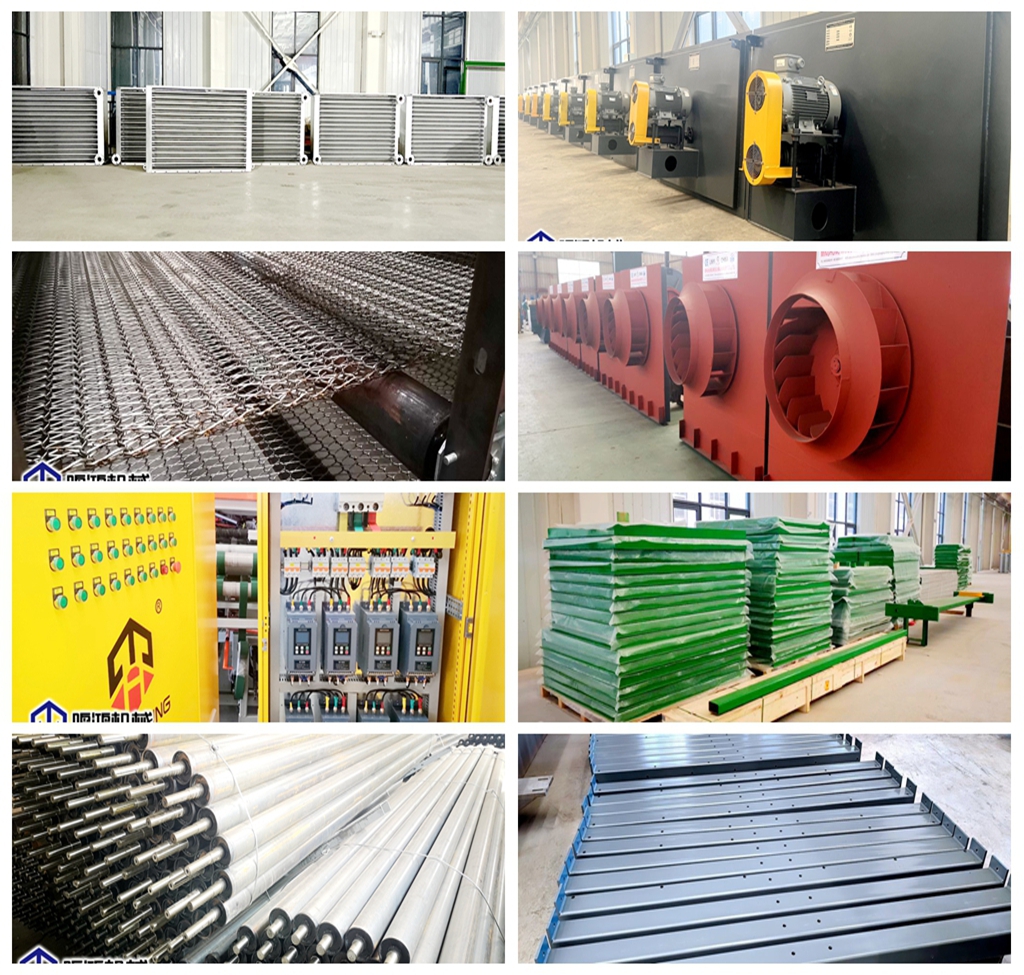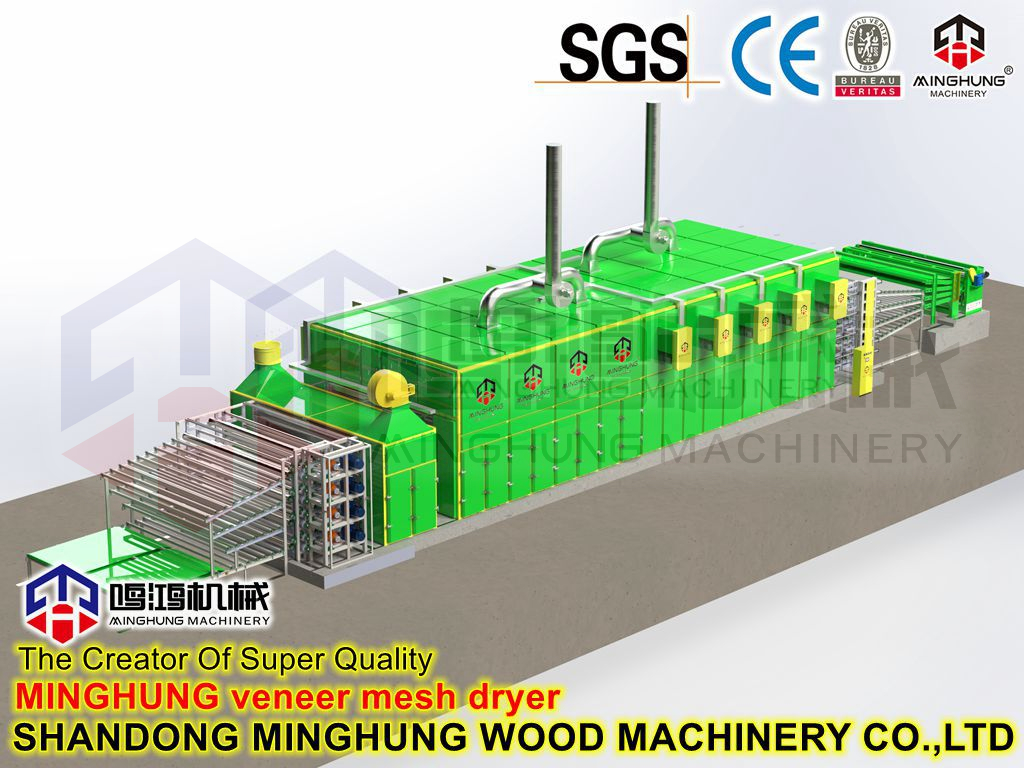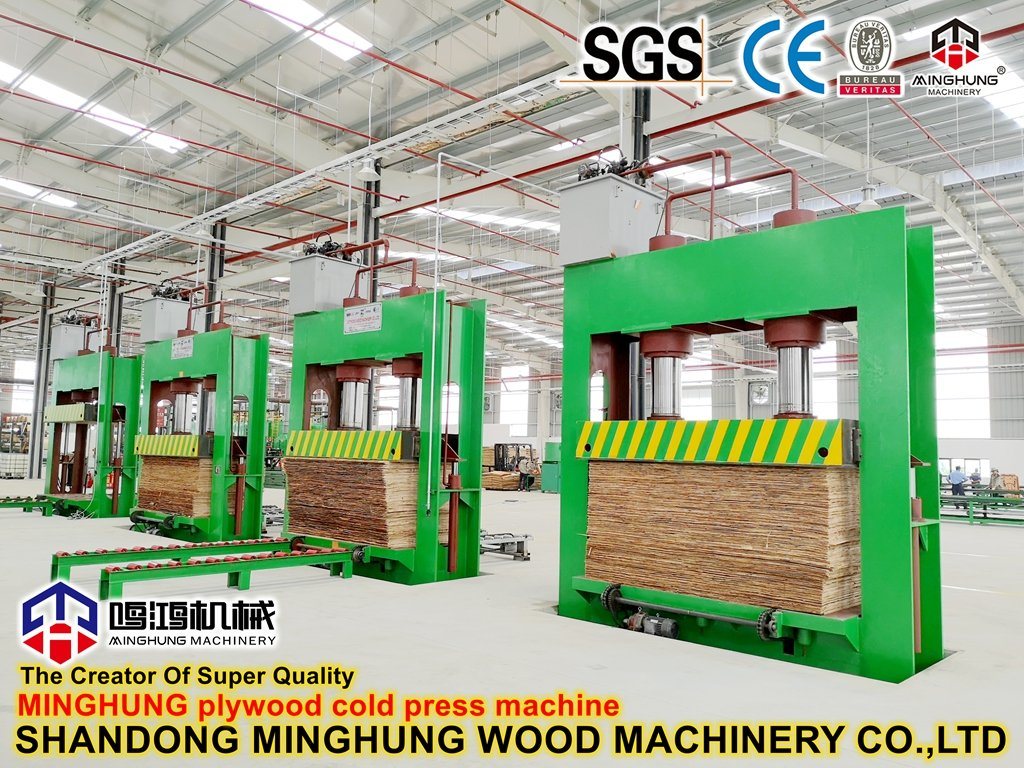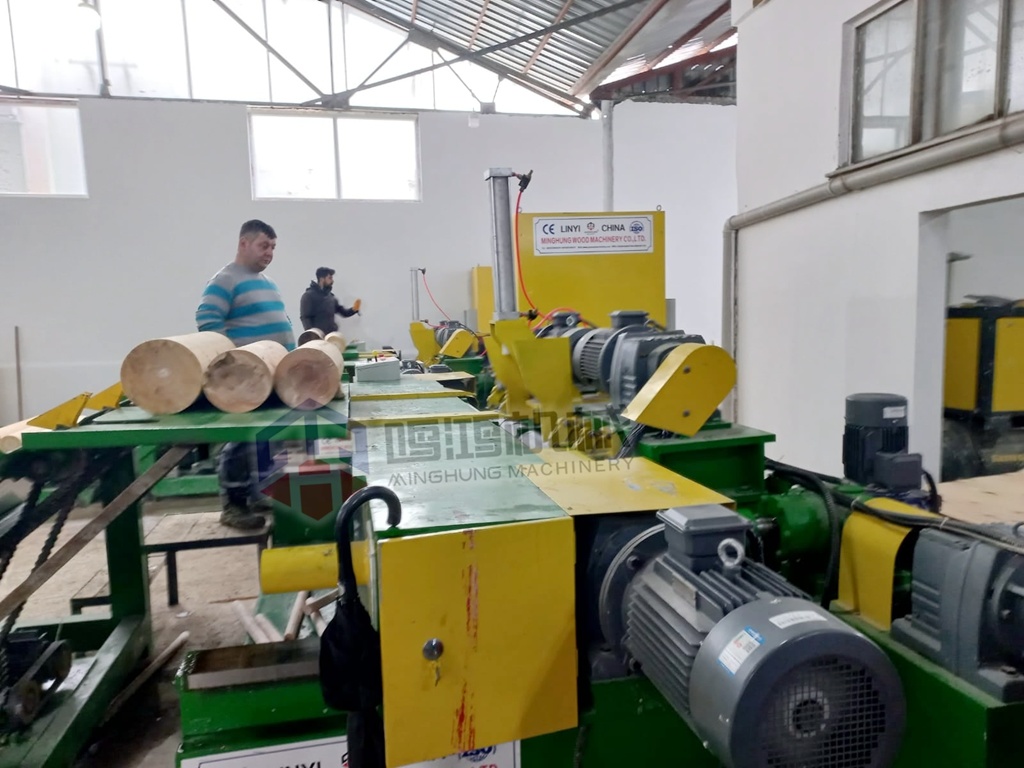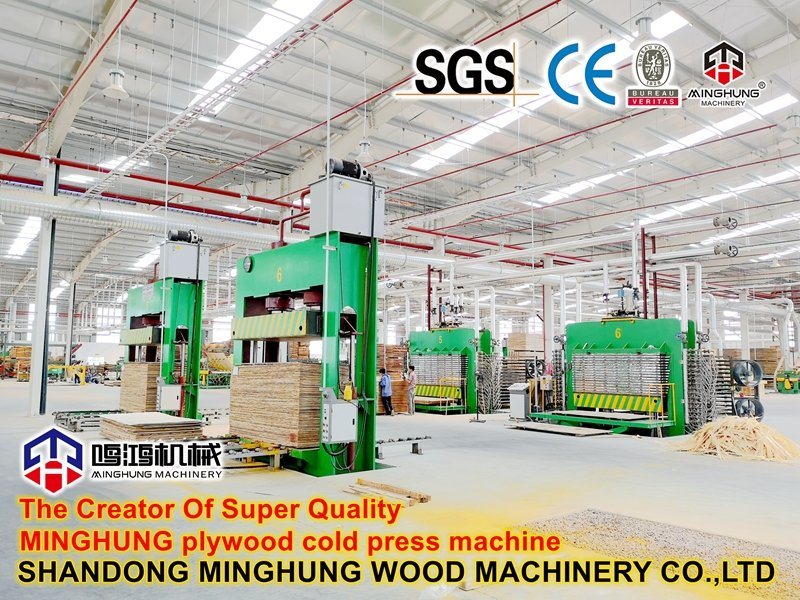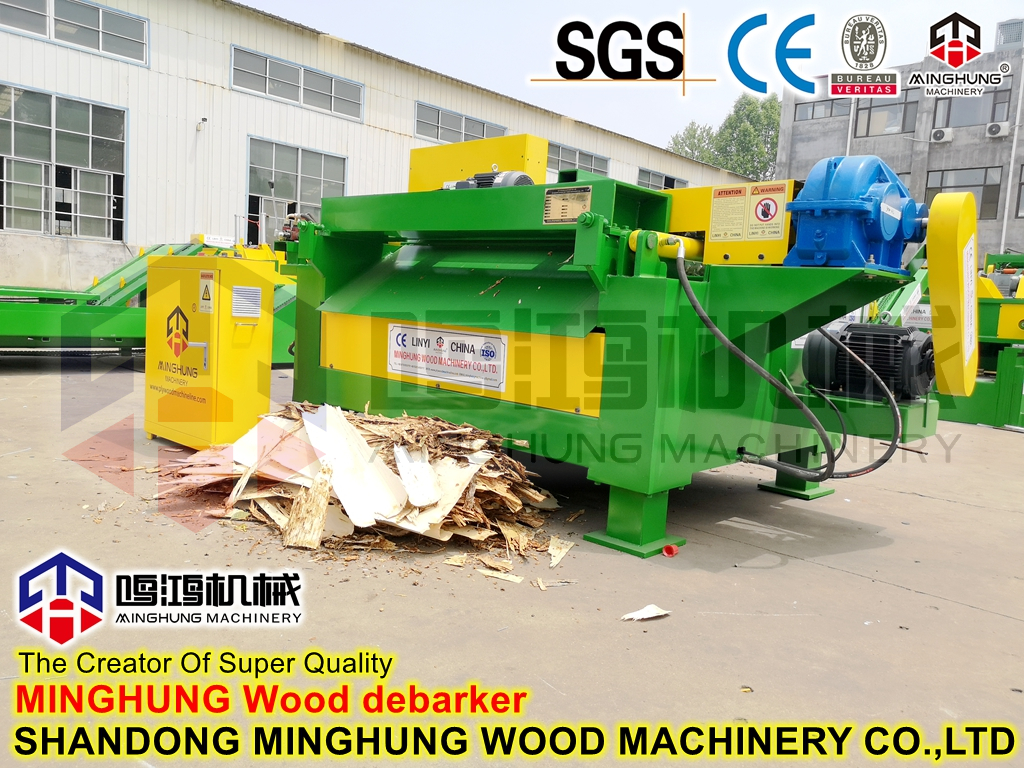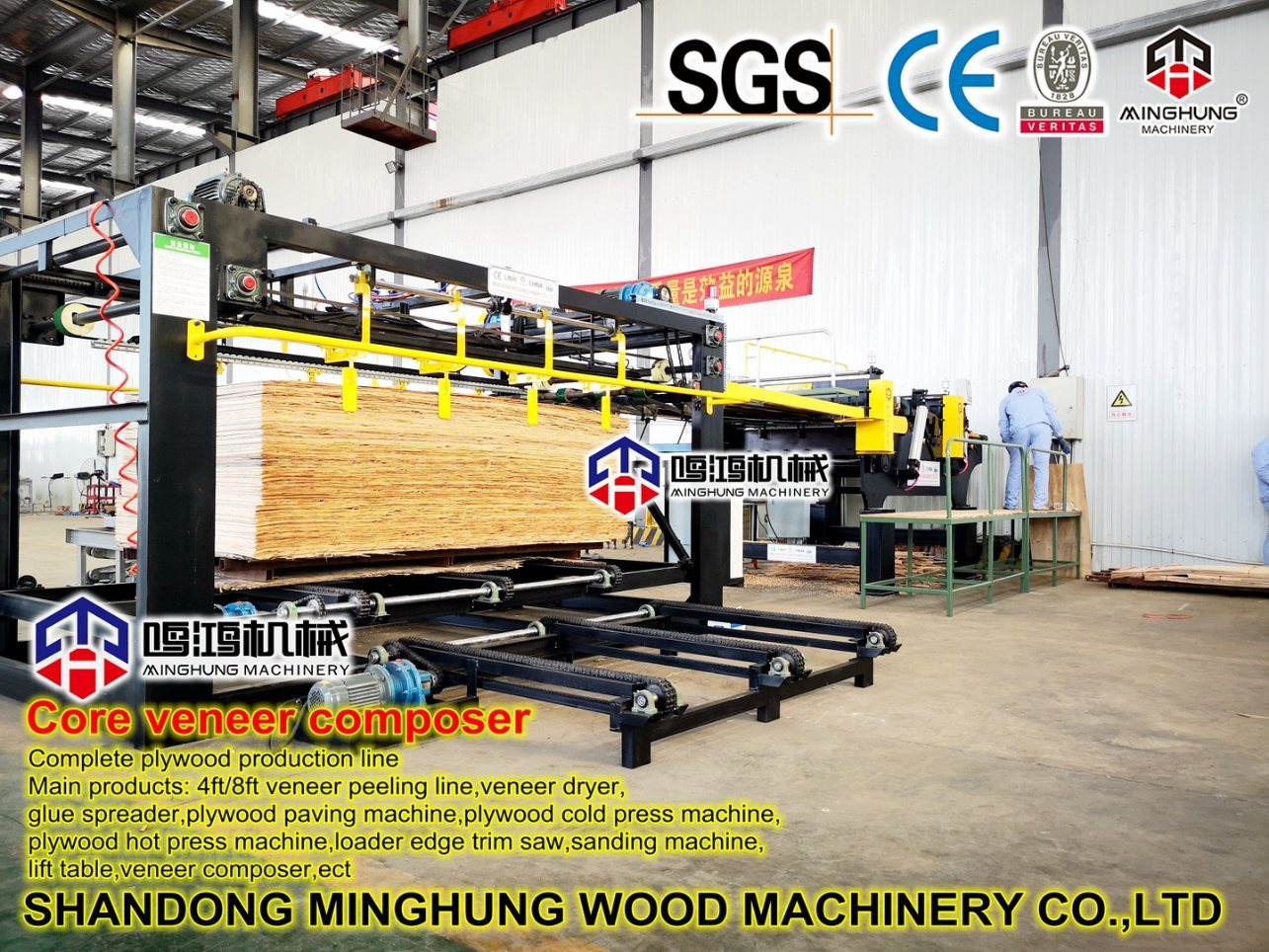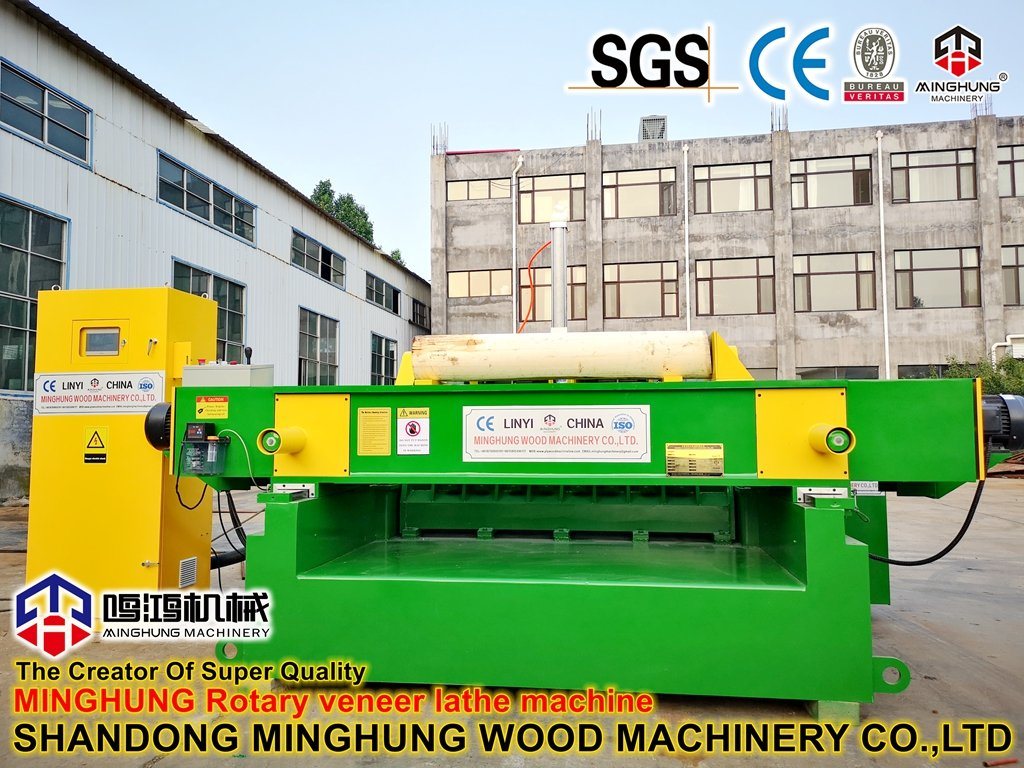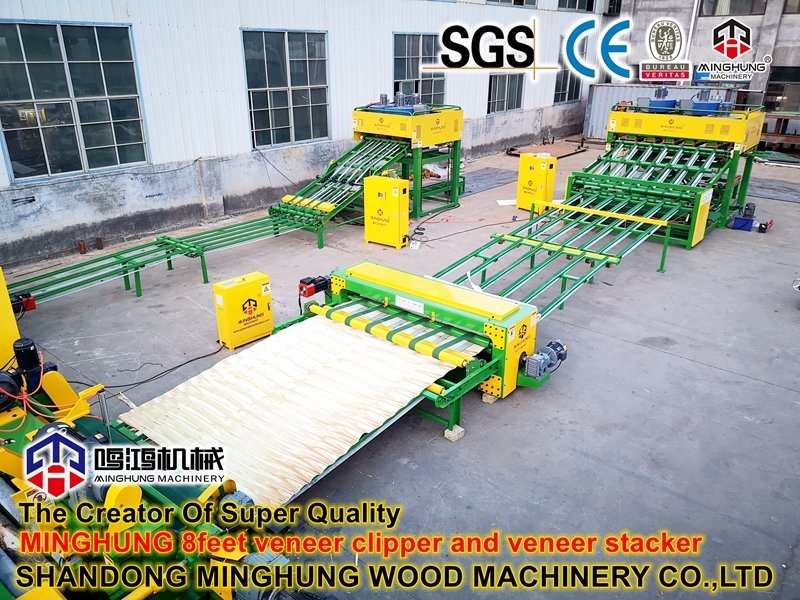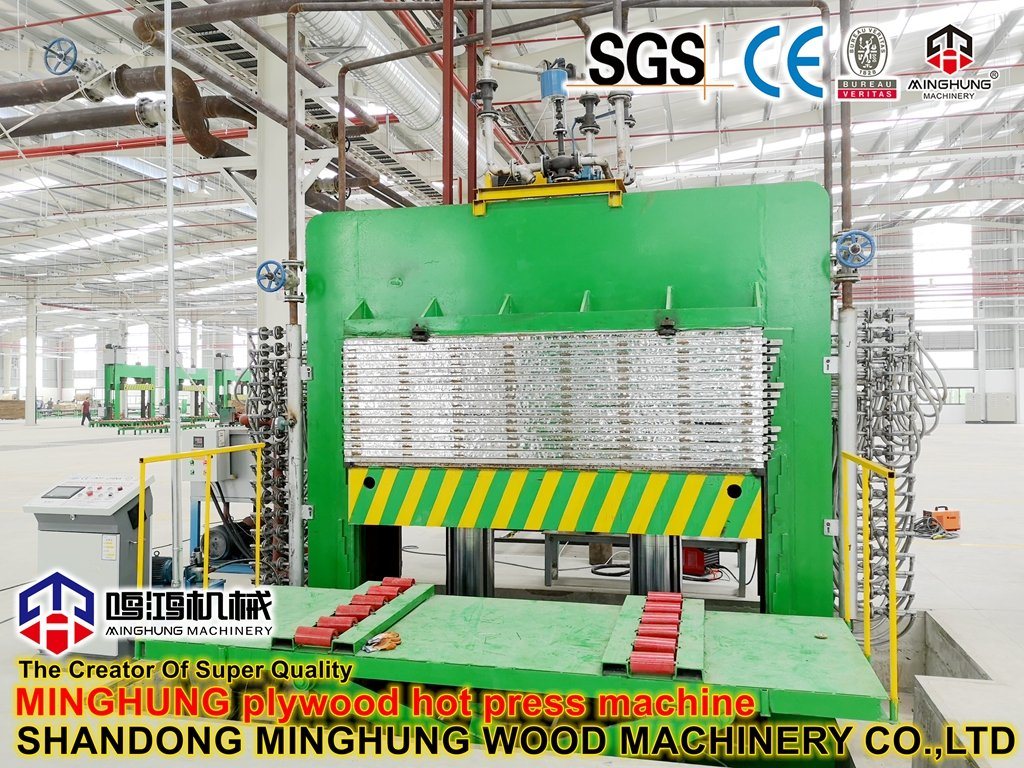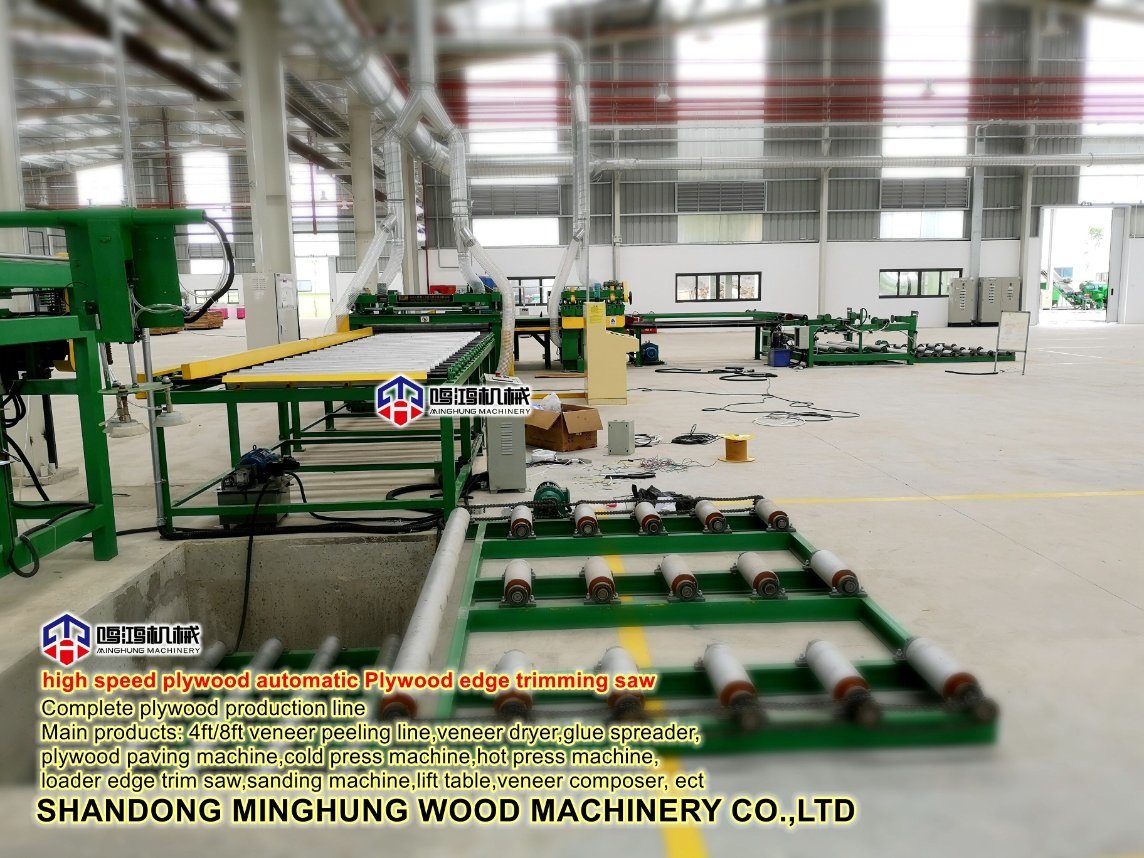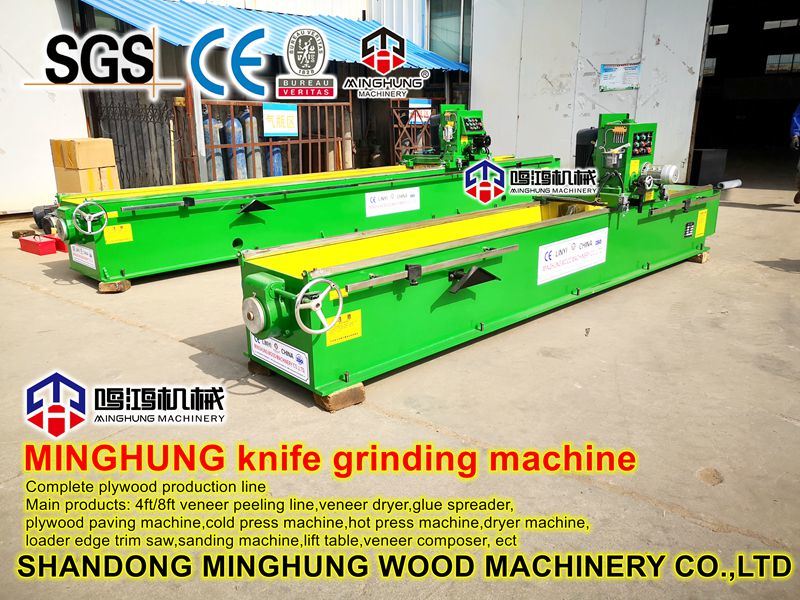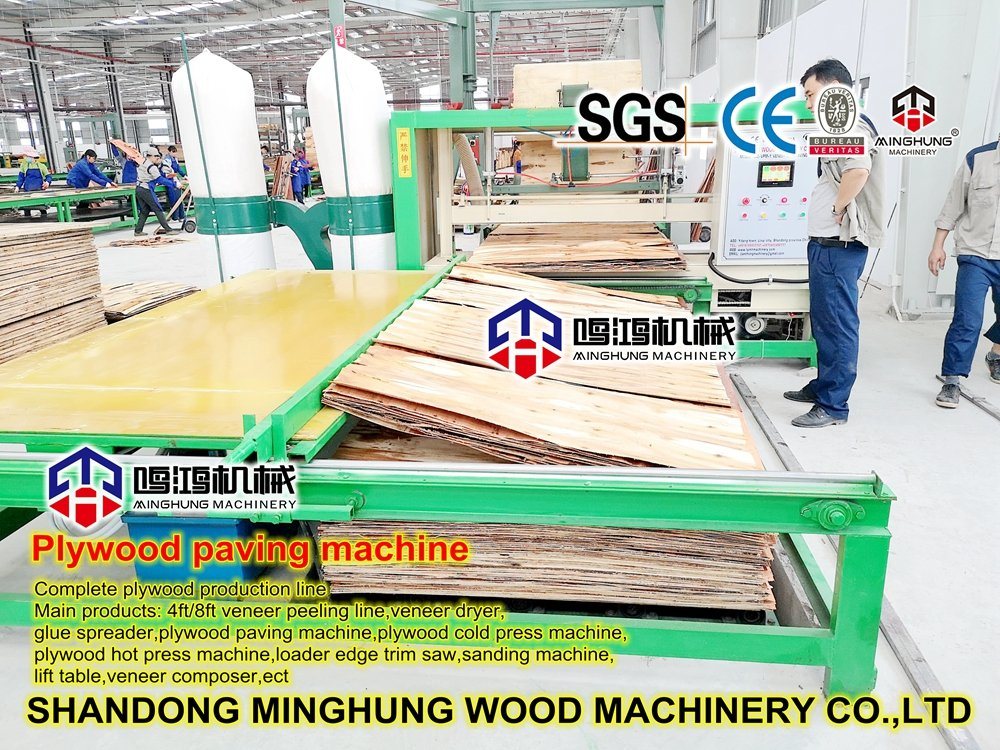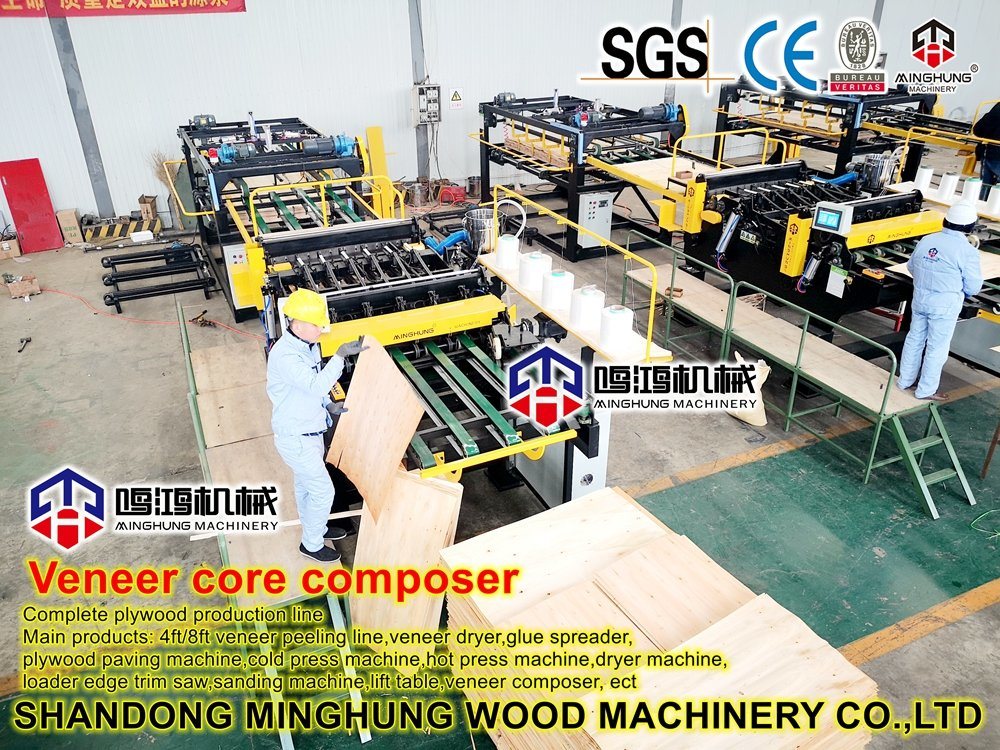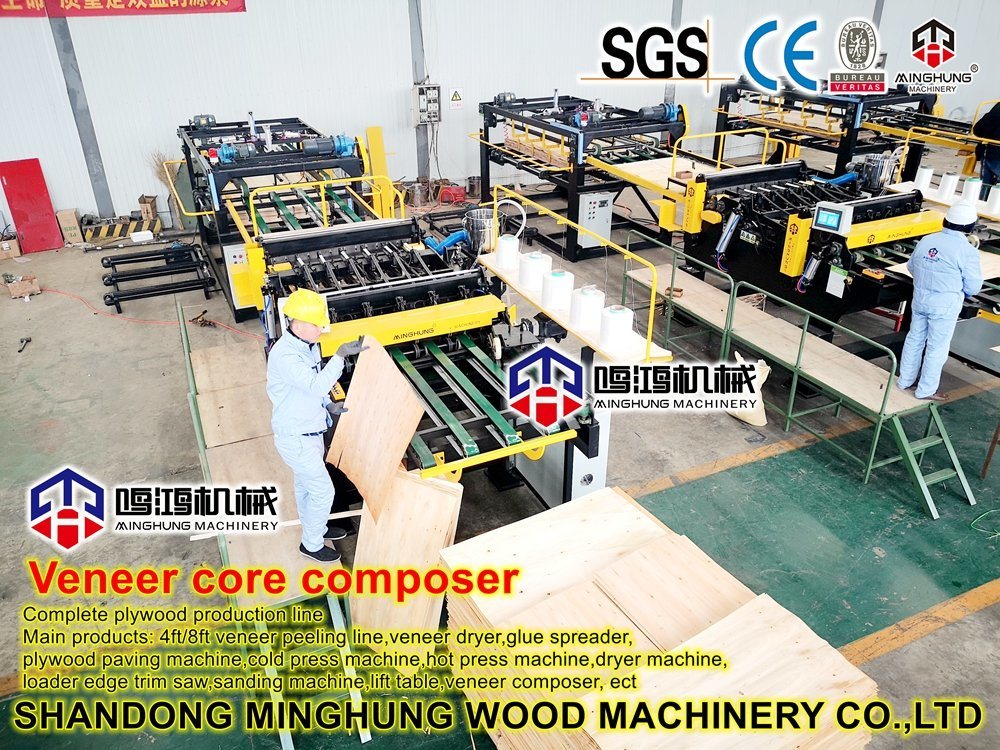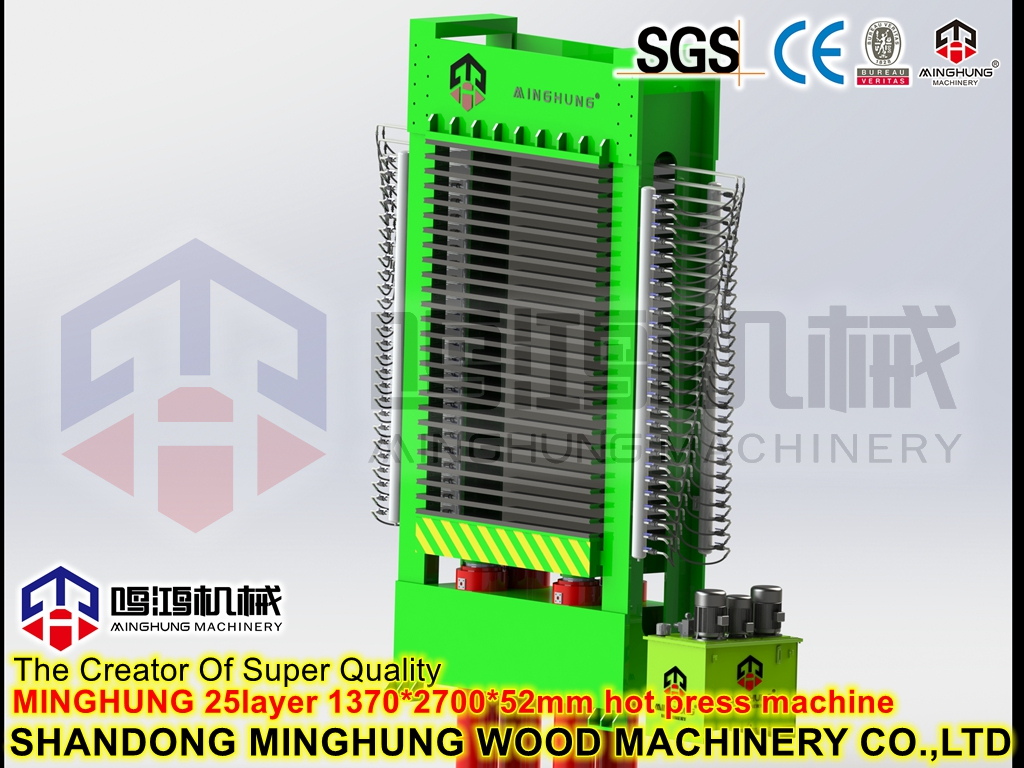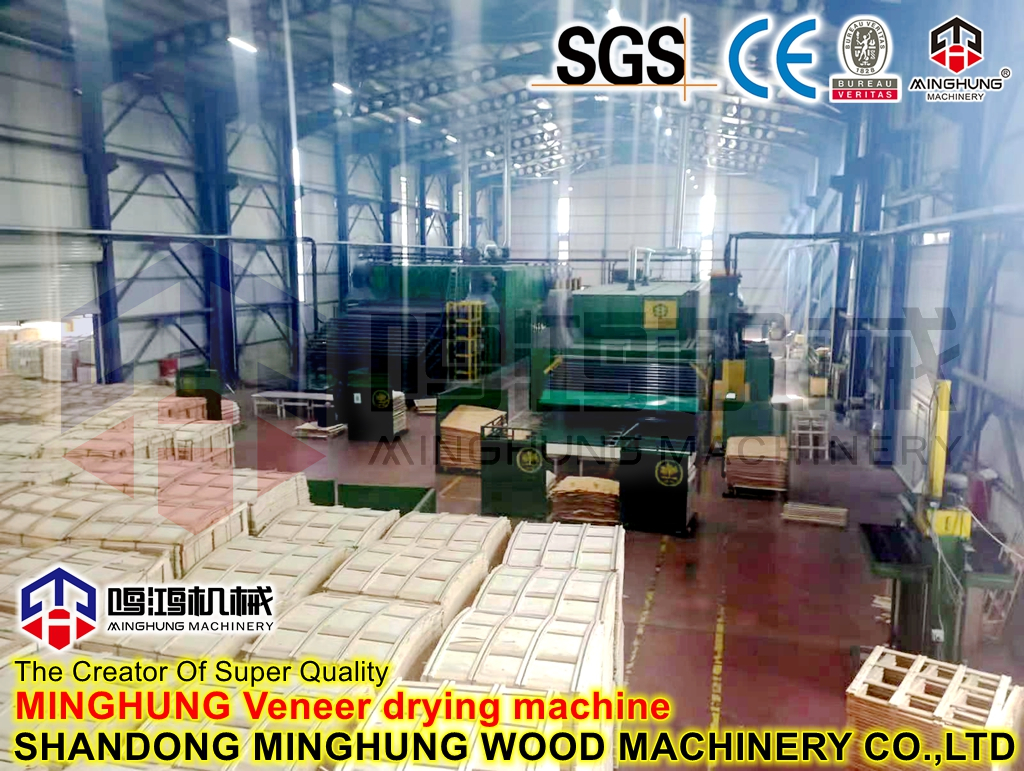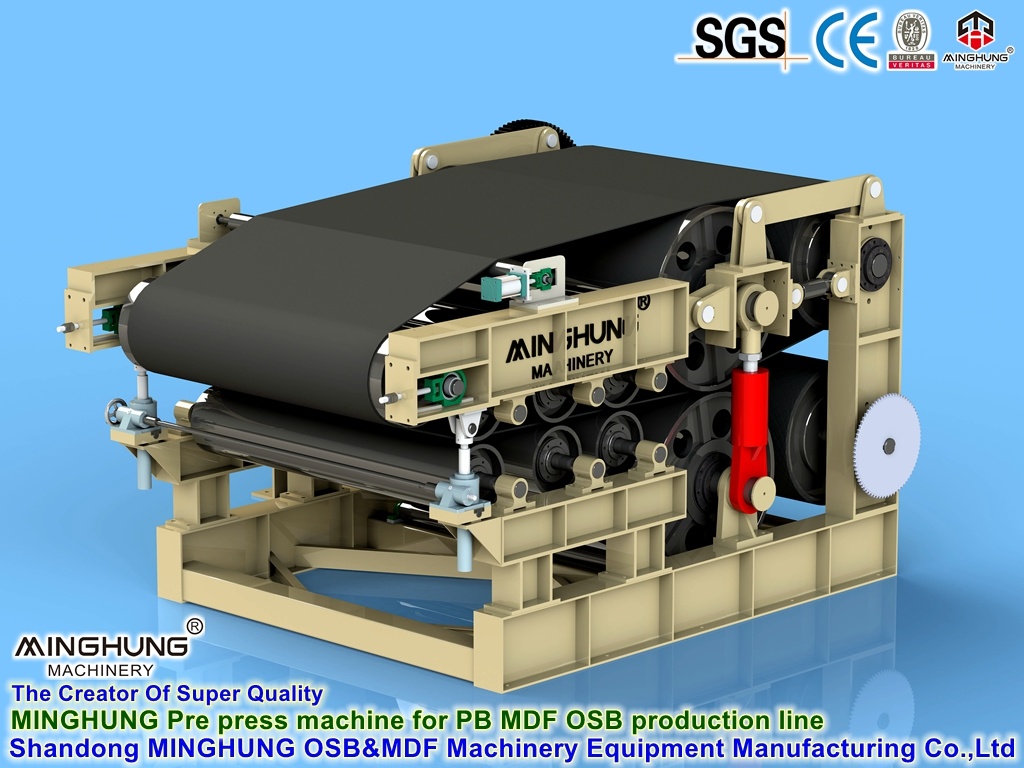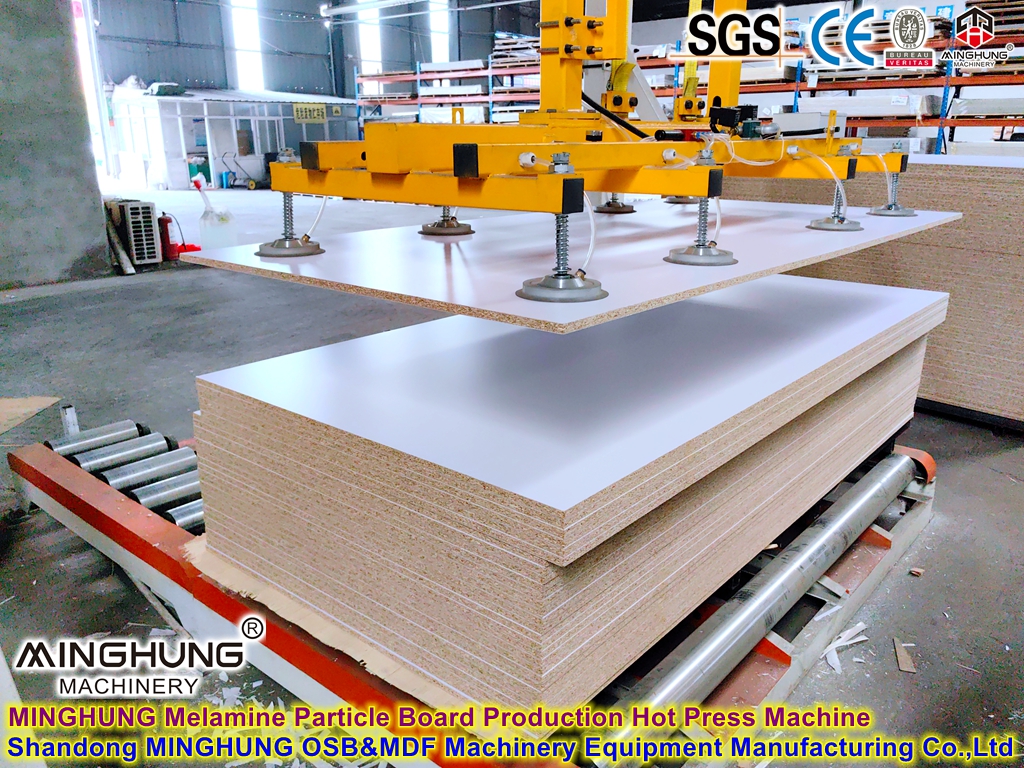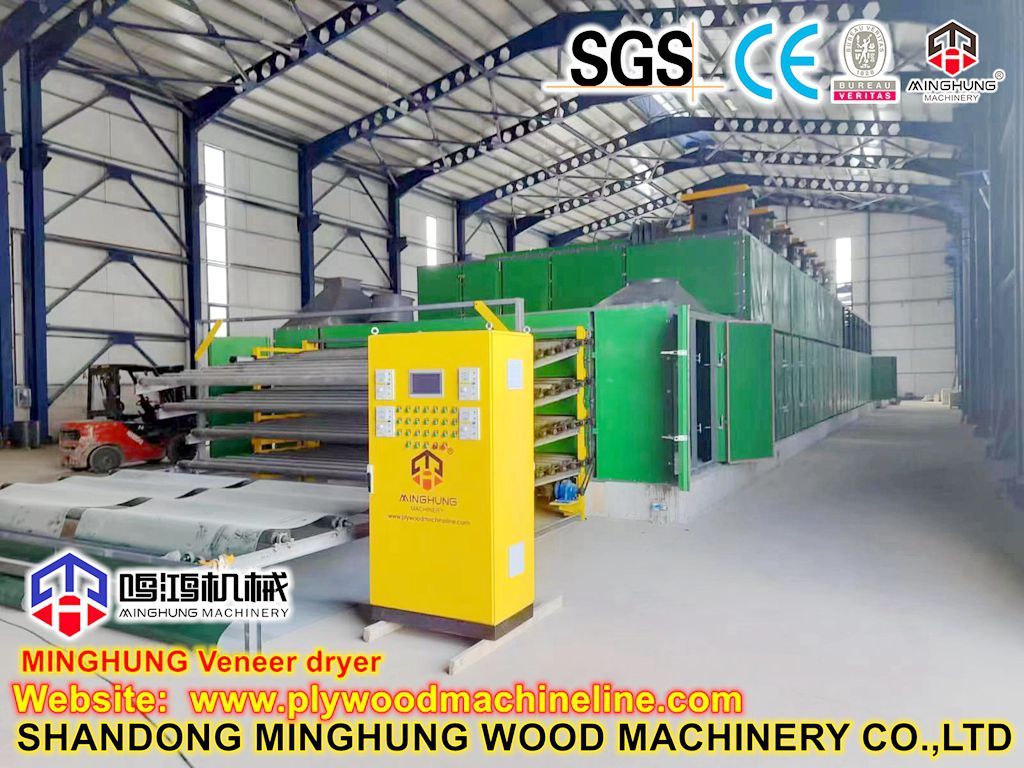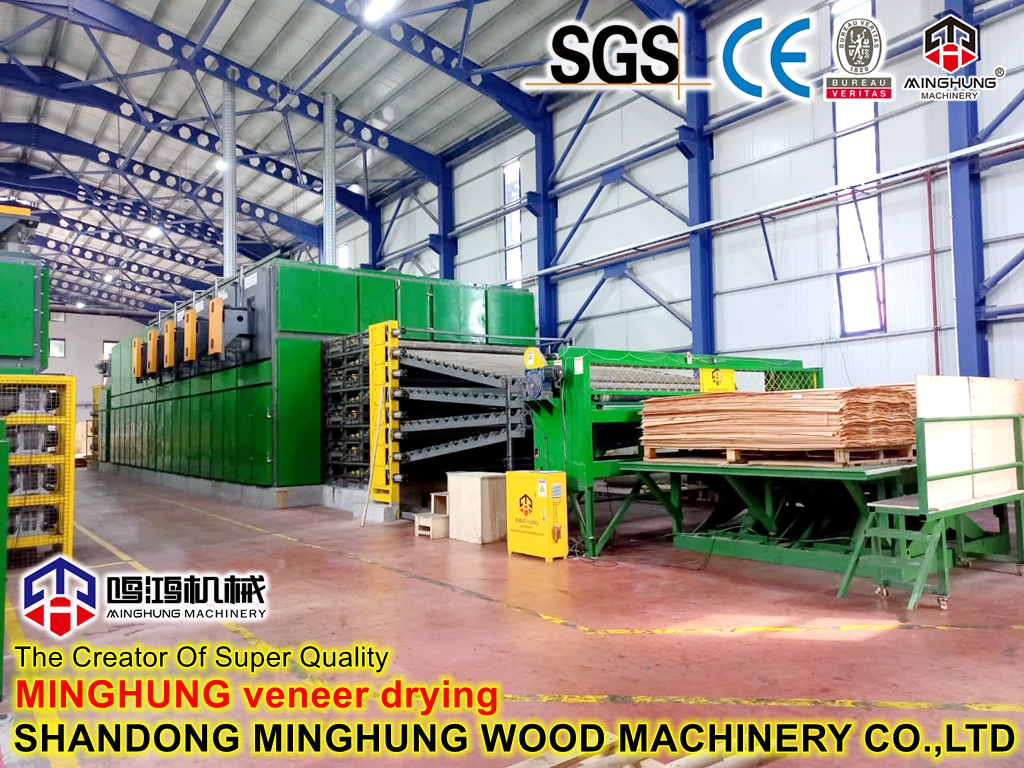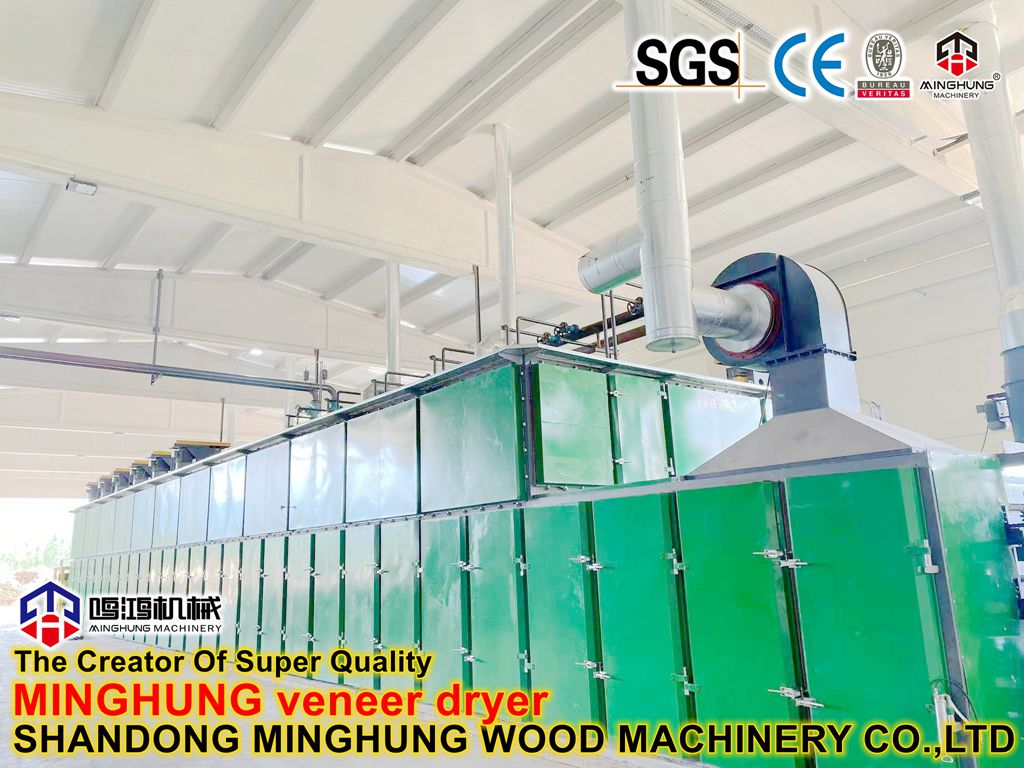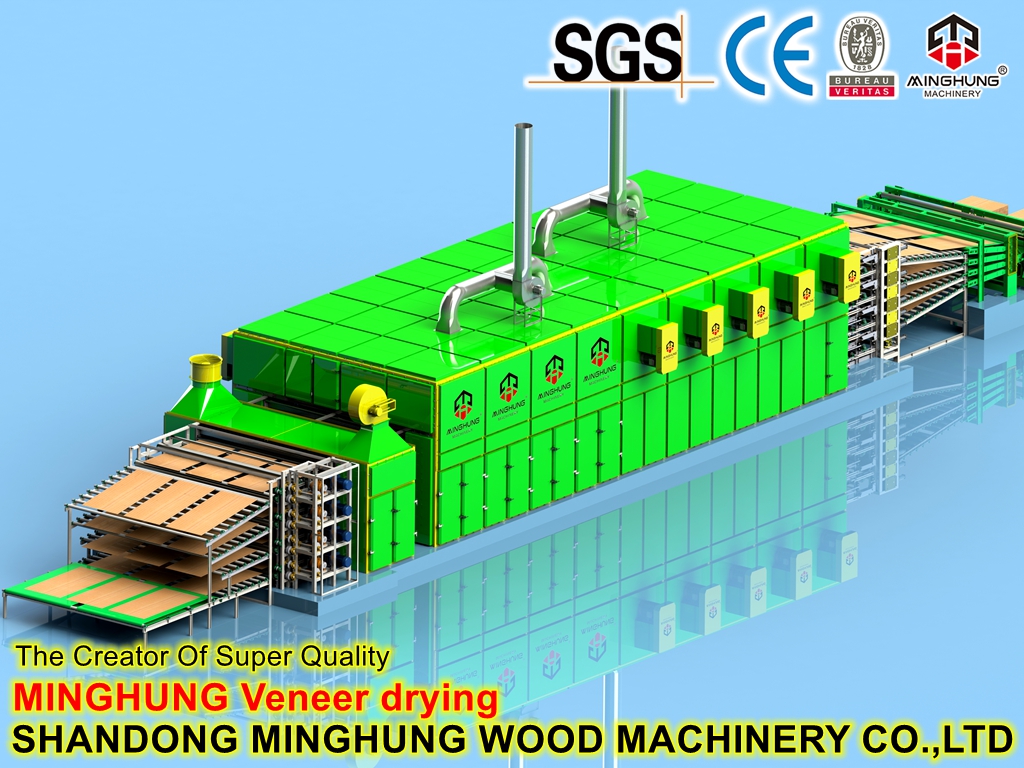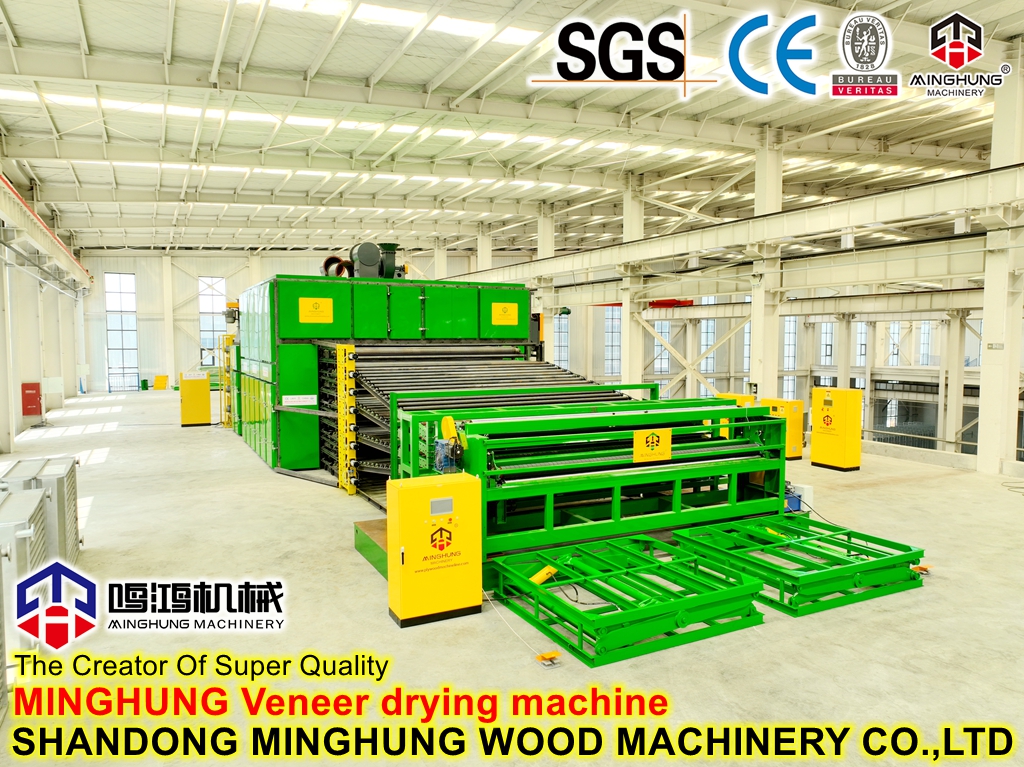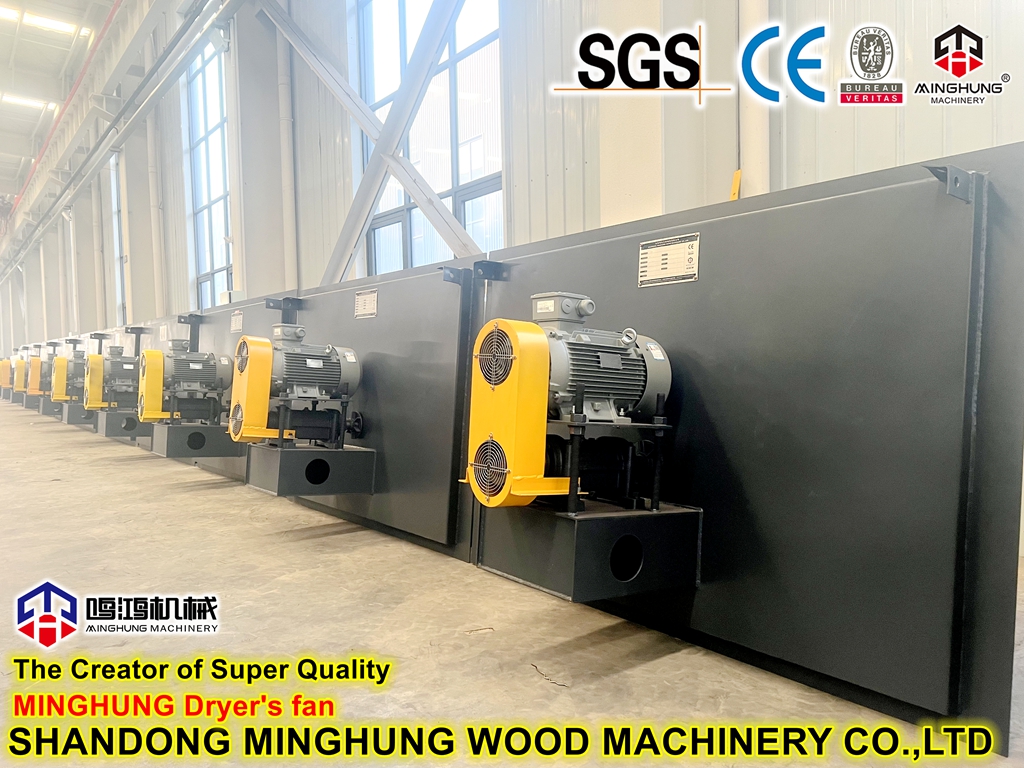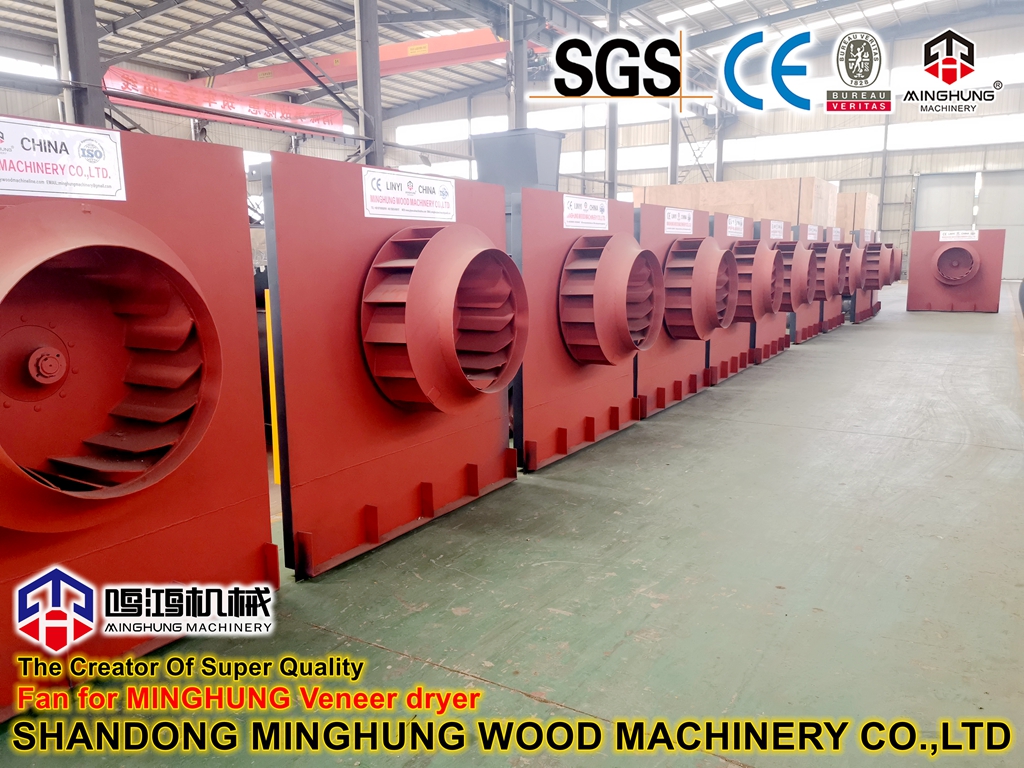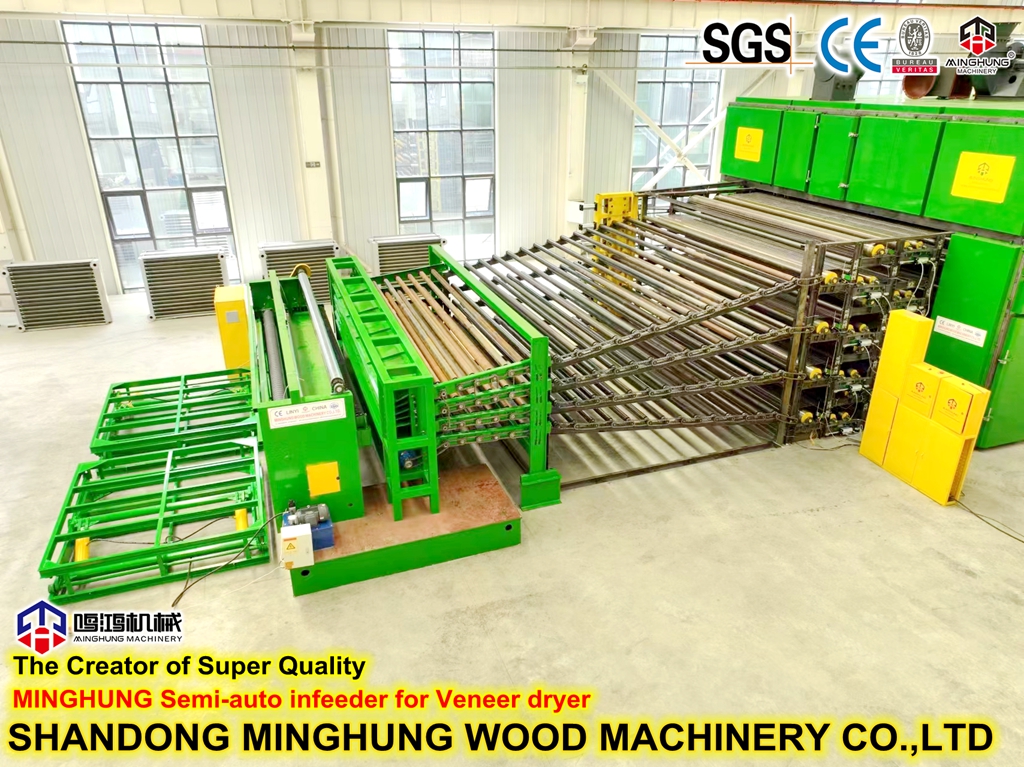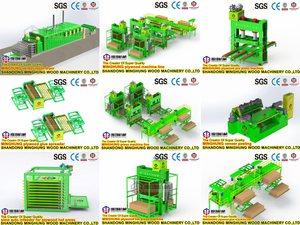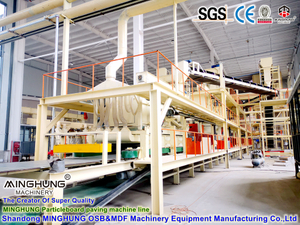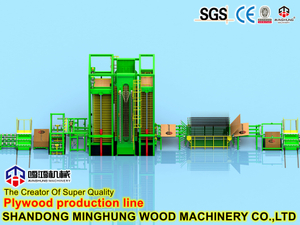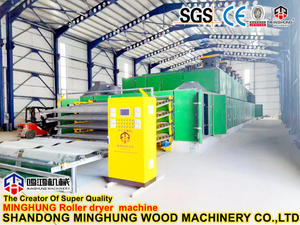A cost-effective plywood dryer is a complex system integrating thermodynamics, fluid dynamics, and automatic control. It primarily consists of the following eight core components, each designed and selected with cost-effectiveness and reliability in mind:
1. Drying Kiln Body (Main Structure)
Description: This is the "shell" of the dryer, forming an insulated, airtight chamber.
Structure & Material:
Frame: Typically constructed from high-strength steel sections or square tubes, ensuring a robust structure that can withstand long-term thermal expansion and contraction.
Wall Panels: Use "sandwich" panels with color steel sheets on the outside and high-density rock wool or polyurethane foam as the core. This structure provides excellent thermal insulation, crucial for preventing heat loss and achieving energy savings.
Door: A heavy-duty hinged door with high-temperature resistant silicone rubber gaskets ensures a tight seal, preventing heat and air leakage.
Importance: A well-insulated and sturdy kiln body is the foundation for efficient drying, directly impacting energy costs and temperature uniformity.
2. Heating System
Description: The "heart" of the system, providing the necessary heat for drying.
Components & Options:
Heat Source: Offers various cost-effective options:
Biomass Burner: The most economical choice. It can use factory waste like wood chips, shavings, or pellets as fuel, significantly reducing fuel costs.
Gas/Oil Burner: High thermal efficiency, precise temperature control, and stable operation.
Steam Heat Exchanger: A very stable and clean option if the factory has its own boiler.
Electric Heater: Low initial investment and the most precise control, but the highest operating cost. Suitable for regions with abundant and cheap electricity.
Heat Exchanger: The high-temperature flue gas from the burner does not enter the kiln directly. Instead, it passes through a high-temperature resistant finned heat exchanger to transfer heat to the clean air inside the kiln, preventing smoke from contaminating the veneers and ensuring drying quality.
3. Circulation System
Description: The "lungs" of the system, responsible for driving air movement to ensure even distribution of heat and moisture.
Components:
Circulation Fans: High-power, high-pressure, heat-resistant centrifugal fans are used to overcome the resistance of the wood stacks and create a strong, uniform horizontal or vertical airflow.
Fan Motors: Typically weatherproof or heat-resistant motors, equipped with Frequency Inverters (VFDs). VFDs allow fan speed adjustment to optimize air velocity for different drying stages, saving energy and improving the process.
Air Ducts & Baffles: Scientifically designed ducts and adjustable baffles organize and guide the airflow, eliminating dead spots and ensuring consistent wind speed and temperature throughout the kiln.
4. Dehumidification (Venting) System
Description: The "kidneys" of the system, responsible for removing excess moisture from the kiln.
Components:
Vent Dampers / Fresh Air Intakes: Usually located on the top or sides of the kiln, equipped with automatically or manually controlled louvered dampers.
Control Method: Controlled by the system based on the set value for relative humidity. When humidity is too high, the exhaust damper opens to release hot, moist air, while the fresh air intake opens to introduce dry air.
5. Control System
Description: The "brain" of the system, monitoring and coordinating the entire drying process.
Components:
PLC (Programmable Logic Controller): The core control unit that executes pre-set drying schedules.
HMI (Human-Machine Interface) Touchscreen: Allows operators to set drying parameters (e.g., temperature, humidity, time) and monitor the drying curve, equipment status, and fault alarms in real-time.
Sensors:
Temperature Sensors: (Platinum RTD Pt100) Accurately measure temperature at multiple points.
Humidity Sensor: Measures the relative humidity of the air inside the kiln.
Wood Moisture Content Probes: (Optional) Inserted into sample boards to monitor the real-time moisture content change of the veneers.
Actuators: Include modulating valves for burner output, fan VFDs, and damper motors.
6. Kiln Truck & Track System
Description: The load-bearing mechanism for loading and transporting the plywood veneers.
Components:
Kiln Trucks (Carts): Constructed from robust steel, with cross beams on top to support the wood stack, ensuring no deformation under long-term heavy load and high temperature.
Tracks: Laid inside the kiln and in the external loading area, allowing the trucks to be moved in and out using forklifts or winches.
7. Safety Protection System
Description: Essential devices to ensure the safety of both equipment and personnel.
Components:
Over-temperature Protection: An independent temperature limiter (cut-off) that automatically shuts off the heat source in case of abnormally high temperatures.
Motor Overload Protection: Prevents burn-out of fans and other motors due to overloading.
Fire Protection System: (Optional) Sprinkler heads or smoke detectors can be installed in the air ducts.
Emergency Stop Buttons: Located near the equipment for immediate shutdown.
8. Sample Boards & Moisture Content Measurement System (Optional but Important)
Description: Used for accurately measuring the actual moisture content of the veneers during drying. It is an advanced configuration for precision drying.
Components: Several "sample boards" are placed inside the kiln. Moisture content probes are inserted into these boards, connected via wires to a moisture meter outside the kiln. Operators can read real-time moisture data without opening the kiln, using it as a basis for adjusting the process or determining the end of the drying cycle.
